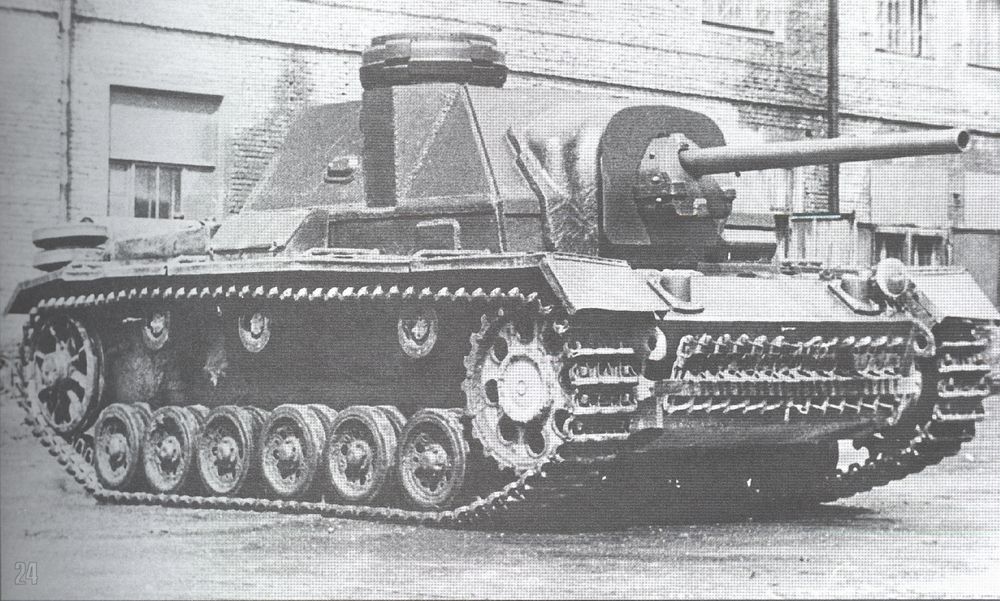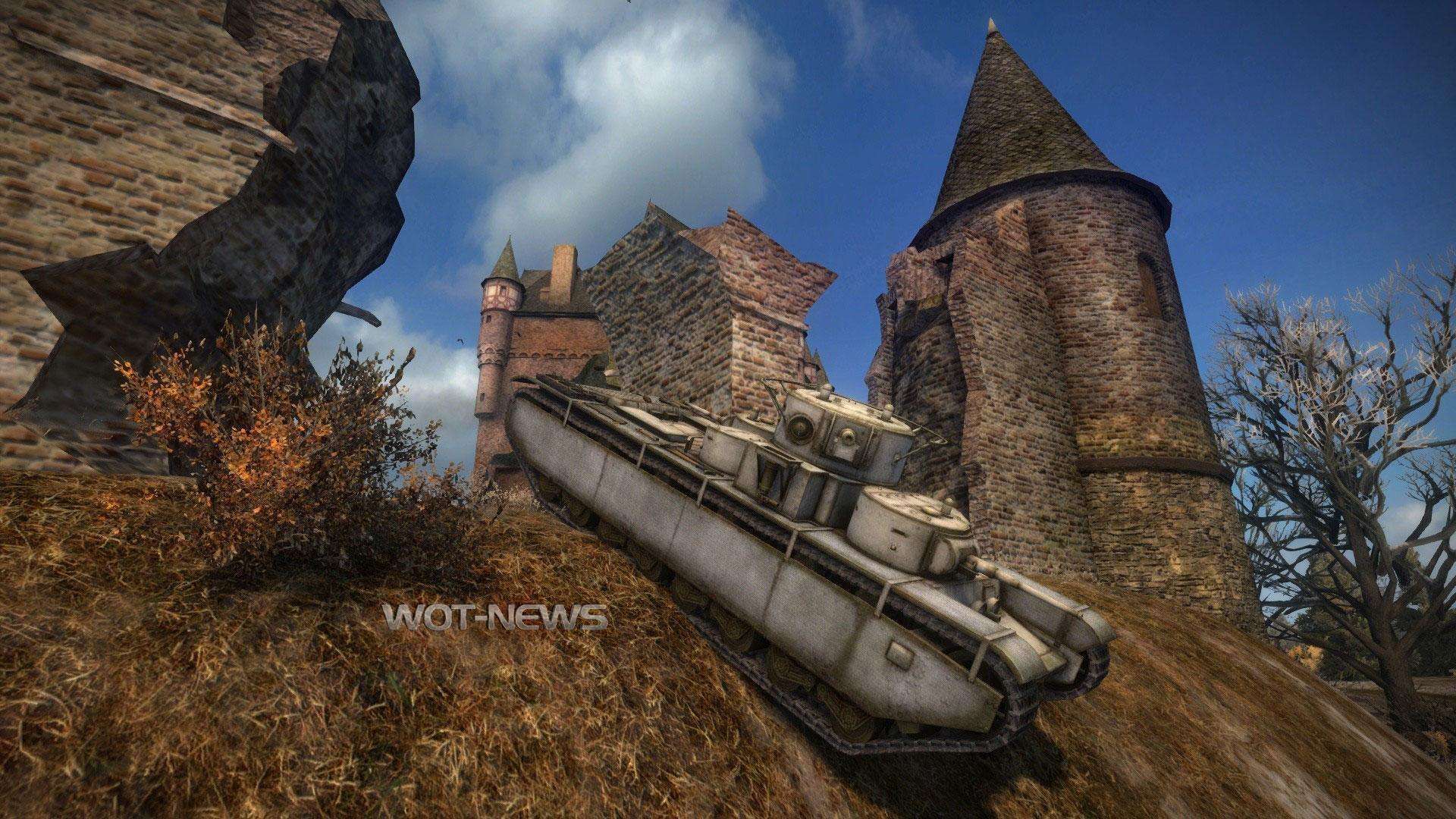Tips
Please take your time and read the blog rules
Mar 9, 2013
9.3.2013
- second American medium branch, turreted British tank destroyers: "no comment"
- Leopard 1 won't have its gun stabilizer included directly into its stats, but you will be able to mount it as an equipment
- second US artillery branch based on M1XX designs (M107-M110) - "if necessery"
- regarding Wargaming acquiring "original plans" from archives and the possibilities of other companies getting them - "Understand, noone will give us the originals, we are making copies. Thus, any company or person can make such copies."
- SerB states that one sheet of copy costs from tens to hundreds of Rubles (SS: one Euro = cca 40 Rubl), but the expensive part is actually looking for the documents, that requires a large amount of trained people
- teamkill automatic ban system does not work in training rooms
- both viewrange-enhancing skills work the same, there's no difference
- SerB states that when selecting the US T10 heavy, the M48A5 (with M68) was skipped intentionally - instead, the Patton 3 with 90mm stock gun was selected so that there was room for unlocking a new gun.
- regarding bots in WoT: "to make them ground-based is quite difficult"
- there will be new hangars implemented
- devs won't touch players (SS: regarding yet another whine about skill MM)
- there is an interface bug with the chat windows - they don't close when you press the "x" in upper right corner, will be fixed
- the fact that on AMX M4 the gun has full depression only when turned to the front of the tank is not a bug, it's intended
- old aiming circle (0.3.3) will not return
- there is a bug that when you drive on certain hard object (for example the concrete pavement in Ensk), the terrain passability counts as if you were driving on the ground beneath the object, will be fixed
- it's possible each nation will get its own hangar
- Q: "Storm, how dow you feel about the anti-tank butthurt site http://tankam.net/?" A: "http://ic.pics.livejournal.com/kingofgame/47397647/15804/15804_900.gif"
- Q: "Will it be possible to put wallpapers, move furniture etc. in the hangars?" A: "That's Sims"
- the only platoon balancing is that both teams have to have the same amount of platoons +/-1. Both teams are balanced based on the tank weight
- VK2001DB and VK3002DB will be in 0.8.5
- premium tanks will not be sellable for gold
- regarding the tutorial: "It's done for a person that sees the game for the first time, not for an experienced player. For newbies it works perfectly." (SS: regarding the issue where you have to shoot the Tiger 2 in the front even when you know it won't do shit, it's counterintuitive for older players)
- tutorial was tested on people who never played WoT before
Straight Outta Supertest - What I forgot...
In the last batch with the description, I forgot a few tanks. Let's have a look at them...
T6
Performance requirements for a new vehicle, intended to replace the M3 tank, were formulated in August 1940. However, development was started only in February 1941. The T6 used a number of mechanical components of the M3. A wooden prototype was built in June 1941. On September 2nd, 1941, trials were started. Eventually, the vehicle entered service under the designation the M4.
T88
A 105-mm self-propelled gun on the basis of the M18. The order for the development of this vehicle was placed on August 31st, 1944. The Buick Motor Car Division manufactured a prototype at the beginning of 1945. However, development was discontinued when the war ended.
T95E2
Development of this vehicle started in 1943, with 25 vehicles planned for production within a year. Two prototypes passed trials, but never saw action.
(SS: not sure what this is, some sort of T95 GMC evolution?)
Straight Outta Supertest - Tank descriptions
PS: sorry for the weird formatting, blogspot makes a mess of it, no idea why.
France
ACL 135
The first prototype was manufactured in 1931 by the ACL company on the basis of the Char D1. Two prototypes were produced. Work on the vehicle was discontinued due to a faulty suspension and other unreliable parts.
AMC 35
This model represented France's last cavalry support tank. Development started in 1936, with 50 vehicles manufactured by Renault between 1938 and 1939.
AMR P103
This light tank prototype was developed by Citroën. In April 1935 the vehicle underwent trials and was deemed adequate. However, the AMR 35 tank project was preferred.
AMX 13 FL-11
A modification of the AMX 13 with the Panhard EBR turret. The vehicle did not have an automatic loading mechanism. The vehicle was intended to fight in Indo-China. Five vehicles were built in 1954.
AMX 65t
A modification of the AMX 50 with a welded forward body and a standard turret. Existed only in blueprints.
AMX M4 1948
Developed in 1945 by the AMX company, this tank was heavily influenced by the German Panther and Tiger II designs. An order was placed for two prototypes, which were given the designation M4. Initially classified as a medium tank, the vehicle was later reclassified as heavy.
Char 50t B
Development of this heavy tank started at the end of 1945. By the beginning of 1950, several prototypes had been developed, including the model with an oscillating turret and a 100 mm gun.
FCM-2C
Development was started by the FCM company in 1916. Ten vehicles were manufactured by 1919. Several variants of the FCM2C were produced by 1940.
FCM F1
In 1936 the French government requested design entries for a new heavy breakthrough tank, which would replace the Char 2C. Five companies proposed designs, the FCM company among them. A wooden prototype was constructed by 1940; it was destroyed in 1941.
Lorraine G1L
Developed by the Lorraine company. Existed only in blueprints.
Lorraine 37 L AC
The Lorraine 37L was mass-produced from 1937 through 1940, with a total of approximately 480 vehicles manufactured. They were used as the basis for a number of experimental SPGs that never saw mass production.
Panzerjager 35R
The company Alkett converted 174 captured R35 tanks into tank destroyers, designated 35R and equipped with the 4.7 cm PaK 36(t).
Renault G1R
The design was presented by the Renault company in 1937. The hull prototype was manufactured and the blueprint was developed, but the work was discontinued due to the outbreak of World War II.
Somua S35
Developed in 1934 by the Somua company. At the start of World War II, it was considered one of the French Army's most modern and formidable tanks. After the Fall of France, the vehicle was used by the Wehrmacht. During the production period between 1938 and 1940, a total of 427 vehicles were manufactured.
Char 2C Bis
In 1926 the FCM2C Champagne tank was upgraded with a 155 mm howitzer and was designated as the FCM 2C Bis. However, the previous configuration was restored the same year.
Great Britain
SS: the British vehicles lack descriptions, they only have names
A7
M2A4
StuartVI
Sherm.III
Firefly
Sexton
Modification of the Grizzly tank, mounting the British 25-pounder field howitzer. Mass production was launched at the Montreal Locomotive Works in Canada, with 2,150 vehicles manufactured from 1943 through 1945.
Sentinel I
RAM
AC IV
Matilda I
Germany
Brummbar
Developed by the Alkett company in cooperation with the Krupp company. The first prototype was produced in February 1943. The vehicle was mass-produced from April 1943 through March 1945, with a total of 298 vehicles manufactured. Eight more vehicles were converted from the PzKpfw IV. First saw combat in the Battle of Kursk. The vehicle was used on all fronts until the end of military operations in Europe.
E-10
A proposed light tank destroyer weighing about 12 tons. Its most innovative feature was to be the ability to adjust the ground clearance, changing the vehicle's height from 1760 to 1400 mm. The vehice would be powered by either the Maybach HL 100 or the Argus engine. Development was discontinued in favor of the Hetzer.
E-25
The development of the E-25 was a part of the "E" program supervised by the Waffenprüfamt 6. The E-25 was developed by the Argus company (Karlsruhe, Germany) under the supervision of Dr. Herman Klaue. Existed only in blueprints.
Marder III
Tank destroyer on the basis of the PzKpfw 38 (t). The PaK 40 or the PaK 36(r) gun was installed in an open cockpit. Entered service at the end of 1942. The vehicle was mass-produced until the middle of 1944 and was in service until the end of the war.
Nashorn
Known as Hornisse before 1944, the vehicle used the same chassis as a heavy self-propelled gun Hummel. First saw combat in the summer of 1943 on the Eastern front. A total of 494 vehicles were manufactured.
Sturmtiger
Developed on the basis of the PzKpfw VI Tiger. The first prototype was manufactured in the fall of 1943; it was demonstrated to Nazi leaders on October 20th. The prototype passed trials and participated in the crushing of the Warsaw Uprising. A total of 18 vehicles, not including the prototype, were produced.
Sturer Emil
Experimental tank destroyer on the basis of the prototype of the VK 3001(H) heavy tank. Two vehicles manufactured in 1942 fought on the Eastern Front.
United States
M3A3
The M3A3 was a further development of the M3 light tank, featuring a redesigned hull of welded construction. Development was started in April 1942. The changes added two tons to the vehicle weight but made the fighting compartment more spacious, improving crew performance. The M3A3 was mass-produced from January through September 1943, with a total of 3,427 tanks manufactured. Of these, 2,045 were exported to Great Britain, where they were designated the Stuart V.
M4(90)V
At the end of World War II, consideration was given to a redesigned and upgraded M4 Sherman. A larger and stronger turret ring would have allowed mounting of the M26 turret and a 90-mm gun. However, the M26 was chosen for mass production.
M4 Improved
A variant of the M4 medium tank with angled hull and turret. It was developed by the Detroit Arsenal in August 1942. The changes were intended to improve the tank's protection without increasing weight or degrading other technical characteristics. Existed only in blueprints.
T1 M1921
Development of the M1921 tank began in 1919. By February 1922, the Packard Motor Company manufactured a prototype. The tank featured a number of innovations, including a commander's cupola and peculiar tracks with wooden inserts. The vehicle was never mass-produced, but further experimental vehicles, the T1 and T1E1, were developed on its basis.
T23E3
Development was started in April 1943. A prototype was produced in August 1944. Unlike its predecessor, the T23 tank, the T23E3 featured torsion-bar suspension. The vehicle never entered mass production nor saw service.
T24
Experimental self-propelled gun on the M3 chassis. The Baldwin Locomotive Works Company started the development of the T24 in the fall of 1941. By November, the prototype was completed. The vehicle passed trials, but never saw mass production.
Soviet Union
T-34M
Developed in 1941 at Plant No. 183 under the designation A-43. A new vehicle was intended to replace the T-34 tank. The vehicle was to be equipped with torsion-bar suspension, diesel engine B-5, a new transmission and a reinforced to 60 mm front armor.
A-44
The project was begun in April 1941. Development was led by I. S. Behr, lead engineer of Plant No. 183. Three different versions of the vehicle were proposed, varying in armor, armament, combat load, and speed. The estimated production date for the prototype was early 1942. However, when the German invasion forced the evacuation of the facility, development was discontinued.
IT-45
A light tank destroyer on the basis of the T-60 and the T-70. The initial plans were drafted in the summer of 1942. In 1943, development was halted due to emerging difficulties in engine production and the realization that the main gun would be inadequate against increasingly heavy opponents.
Object 416
The Object 416 was a medium tank developed by the Construction Bureau of Plant No. 75 starting in 1949. An early prototype was completed by March 1950. Due to problems with the turret, the prototype was not operational until the end of April 1952. By the summer of 1953, the prototype was tested and upgraded. The vehicle passed trials, but never entered mass production.
SU-76BM
Development of the vehicle was started in July 1943. The prototype was constructed in October 1943. The vehicle never entered mass production.
SU-76I
Developed on the basis of captured German StuG III and PzKpfw III vehicles in 1943. The modifications were made at Factory No. 37 in Sverdlovsk, with a total of 200 vehicles manufactured.
T-35
Developed in 1931–1932 under the supervision of N. V. Barykov. The vehicle was mass-produced from 1932 through 1939 at the Kharkov Locomotive Factory. It was the only mass-produced five-turret tank. In the middle of the 1930s, attempts were made to upgrade the vehicle. Most of these vehicles were lost during the first days of the war. The T-35 tanks were last used at the Battle of Moscow. A total of 2 prototypes and 61 mass-produced tanks were manufactured.
Fishy practices during Wargaming supertest
SS: Here's an e-mail I recieved from a concerned supertester - I am publishing it with his consent. I will leave it as it is (only removed some parts according to which the supertester could be identified). I will leave it up to you, dear readers, to decide whether it's true or not. Generally, after consulting the e-mail with my other supertest source - it checks out, even though I cannot guarantee it's totally accurate (especially the gold-illegal-in-EU part).
Heya SilentStalker,
I have a nice juicy story for you. Straight outta supertest.
A lot of the supertesters kicked today, are not kicked for inactivity. They are kicked because WG did not like their face, or their hair, or their voice, or their name or something else. Why? Because even very active supertesters were kicked. I, for example. I had *redacted*. Which was quite a lot compared to other EU testers, some of them didn't show up _at_ _all_. They were not kicked.
Fishey eh? Well, it gets worse. We have been told by supertest coordinators that EU testers could not be kicked, the mail about that, was only intended for the Russian players. It was not for us, because we just entered the supertest.
Can it get fishier? Of course, this is WG after all. The mail about the kick was only send in Russian, there was no translation. We were not warned about inactivity, the kick was suddenly there. And, Wargaming gotta wargame, we were kicked by a dude (Marokko) WHO WAS ON HOLIDAY.
Is it possible to get even fishier? Of course! The decision is final. The EU supertest coordinator tried to re-roll the EU kicks, but was not able to and was informed: "The decision is final".
We should have reached the limit of fishy-ness by now. But no! It is forbidden, by the law of the European Union, to pay people for their work by means of virtual gold/stuff. How do I know this? Because WARGAMING TOLD ME SO. They plan to pay the EU players the same way as the Russian players. If they do so, they are in violation of the EU law.
I think we have reached the limit by now.
Regards,
An ex-supertester
PS: Oh, I forgot. I can get fishier. Among the people kicked. There were all of the Dutch supertesters. Yeah, every single Dutch tester was kicked. Even the active testers.
Part 2
SS: this is a part of the second e-mail I recieved from the same source. As always, I redacted the incriminating parts.
When I was banned from the forums, I still had access to the Jabber supertest channel and had a chance to speak one of the *redacted*. (*redacted*, who is pretty awesome by the way)
As far as I could tell, he/she was very surprised and after he/she got a little more details about what happened, got furious. He/she even went as far as contacting Marokko, who is currently on holiday in Russia. Sadly, he/she got 'Njet' as an answer.
Marokko wouldn't even react to the kicked supertesters, even though he was online on Skype.
I did a bit of checking and noticed quite a few of the kicked testers were from the Netherlands and Germany. So far 3 from the Netherlands, and 3-4 from Germany. And a few players I haven't been able to locate yet.
Some told me it might have to do with the law about payments in virtual stuff, since the Netherlands and Germany are very strict with that, so it might have been an easy way to get rid of us. But then again, England has the same kind of laws, but those supertesters were not kicked.
And a little something about Russians vs Europeans:
The EU and Russians both have their own Jabber chat channel, and both have access to a channel where free tests are announced. To participate in a test, you have to be in Teamspeak and of course in WoT.
As soon as a test is announced in Jabber, Teamspeak or ingame, you are supposed to hop in the TS channel for that test. The Free Test Creator will then pick the players on a first come, first serve basis. Teams are balanced according to the performance rating of the players.
But here is the trick. Some Russian Free test creators tried to get rid of EU testers by saying: "You are not in the correct Jabber channel, please leave". And got Russians in their place. Voila, Russian supremacy ftw!
As soon as WG found out, they told all of the supertesters that being in Jabber was not mandatory. They also stated that if they heard of these things ever again, they would not even warn the Free test creators. As in, they will be kicked immediately.
And another small story:
Once upon a time there was a Russian Free test creator who apparently did not like EU players. I was in one of his tests once, and he told translators to tell me to use HE shells. He told them over and over and over again. A few day later, I heard someone complaining about him. The tester said that said Russian started to shout (in Russian!) at him and another EU tester, and would not stop. The EU testers told the Eu coordinators and they said they would take care of it. A few days later, mister Sanchobox had 'voluntary' left the supertest. The EU testers lived happily ever after, until some got kicked.
SS: Well, there is definitely something weird going on with the supertest, but then again... we didn't really expect something else, did we?
Heya SilentStalker,
I have a nice juicy story for you. Straight outta supertest.
A lot of the supertesters kicked today, are not kicked for inactivity. They are kicked because WG did not like their face, or their hair, or their voice, or their name or something else. Why? Because even very active supertesters were kicked. I, for example. I had *redacted*. Which was quite a lot compared to other EU testers, some of them didn't show up _at_ _all_. They were not kicked.
Fishey eh? Well, it gets worse. We have been told by supertest coordinators that EU testers could not be kicked, the mail about that, was only intended for the Russian players. It was not for us, because we just entered the supertest.
Can it get fishier? Of course, this is WG after all. The mail about the kick was only send in Russian, there was no translation. We were not warned about inactivity, the kick was suddenly there. And, Wargaming gotta wargame, we were kicked by a dude (Marokko) WHO WAS ON HOLIDAY.
Is it possible to get even fishier? Of course! The decision is final. The EU supertest coordinator tried to re-roll the EU kicks, but was not able to and was informed: "The decision is final".
We should have reached the limit of fishy-ness by now. But no! It is forbidden, by the law of the European Union, to pay people for their work by means of virtual gold/stuff. How do I know this? Because WARGAMING TOLD ME SO. They plan to pay the EU players the same way as the Russian players. If they do so, they are in violation of the EU law.
I think we have reached the limit by now.
Regards,
An ex-supertester
PS: Oh, I forgot. I can get fishier. Among the people kicked. There were all of the Dutch supertesters. Yeah, every single Dutch tester was kicked. Even the active testers.
Part 2
SS: this is a part of the second e-mail I recieved from the same source. As always, I redacted the incriminating parts.
When I was banned from the forums, I still had access to the Jabber supertest channel and had a chance to speak one of the *redacted*. (*redacted*, who is pretty awesome by the way)
As far as I could tell, he/she was very surprised and after he/she got a little more details about what happened, got furious. He/she even went as far as contacting Marokko, who is currently on holiday in Russia. Sadly, he/she got 'Njet' as an answer.
Marokko wouldn't even react to the kicked supertesters, even though he was online on Skype.
I did a bit of checking and noticed quite a few of the kicked testers were from the Netherlands and Germany. So far 3 from the Netherlands, and 3-4 from Germany. And a few players I haven't been able to locate yet.
Some told me it might have to do with the law about payments in virtual stuff, since the Netherlands and Germany are very strict with that, so it might have been an easy way to get rid of us. But then again, England has the same kind of laws, but those supertesters were not kicked.
And a little something about Russians vs Europeans:
The EU and Russians both have their own Jabber chat channel, and both have access to a channel where free tests are announced. To participate in a test, you have to be in Teamspeak and of course in WoT.
As soon as a test is announced in Jabber, Teamspeak or ingame, you are supposed to hop in the TS channel for that test. The Free Test Creator will then pick the players on a first come, first serve basis. Teams are balanced according to the performance rating of the players.
But here is the trick. Some Russian Free test creators tried to get rid of EU testers by saying: "You are not in the correct Jabber channel, please leave". And got Russians in their place. Voila, Russian supremacy ftw!
As soon as WG found out, they told all of the supertesters that being in Jabber was not mandatory. They also stated that if they heard of these things ever again, they would not even warn the Free test creators. As in, they will be kicked immediately.
And another small story:
Once upon a time there was a Russian Free test creator who apparently did not like EU players. I was in one of his tests once, and he told translators to tell me to use HE shells. He told them over and over and over again. A few day later, I heard someone complaining about him. The tester said that said Russian started to shout (in Russian!) at him and another EU tester, and would not stop. The EU testers told the Eu coordinators and they said they would take care of it. A few days later, mister Sanchobox had 'voluntary' left the supertest. The EU testers lived happily ever after, until some got kicked.
SS: Well, there is definitely something weird going on with the supertest, but then again... we didn't really expect something else, did we?
Subscribe to:
Comments (Atom)



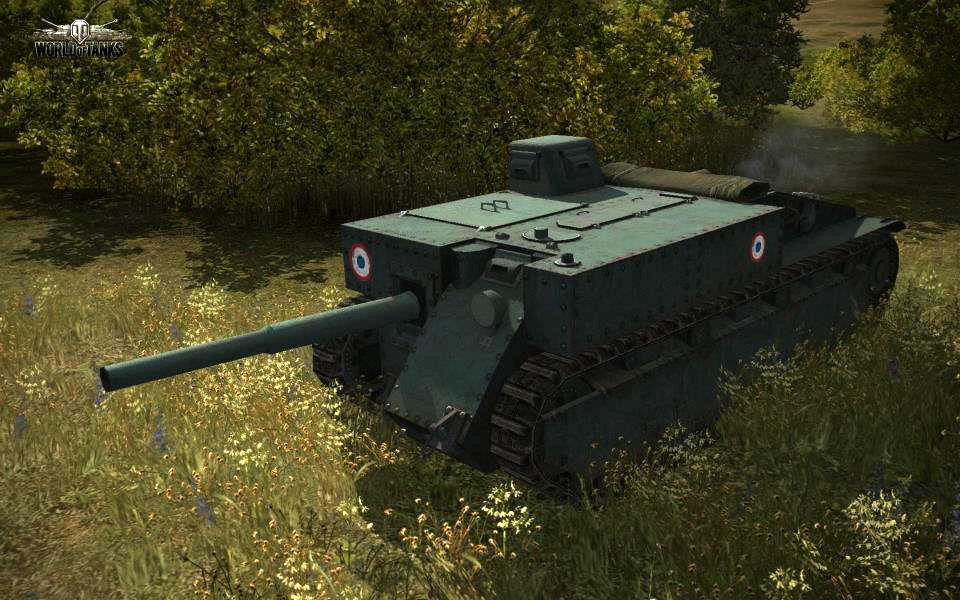
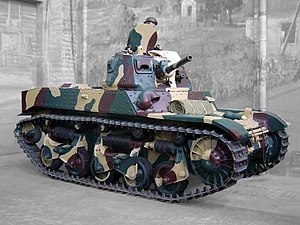



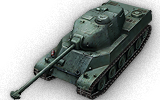

.jpg)











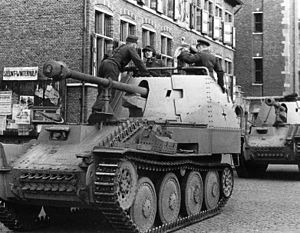


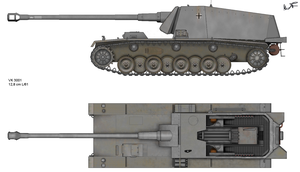
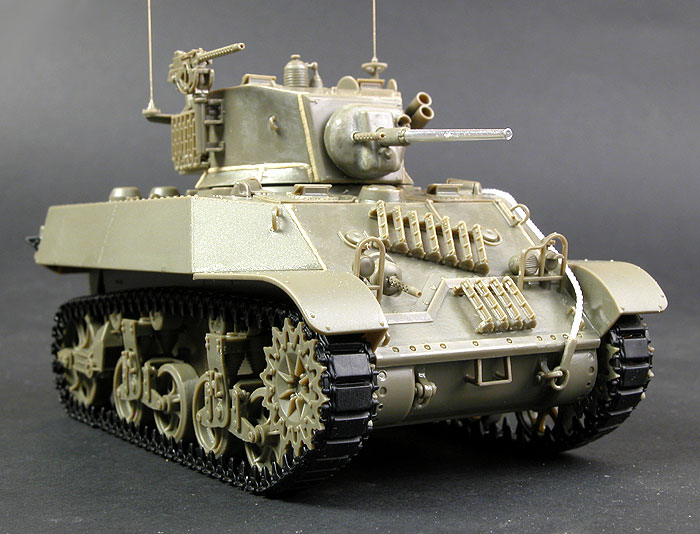



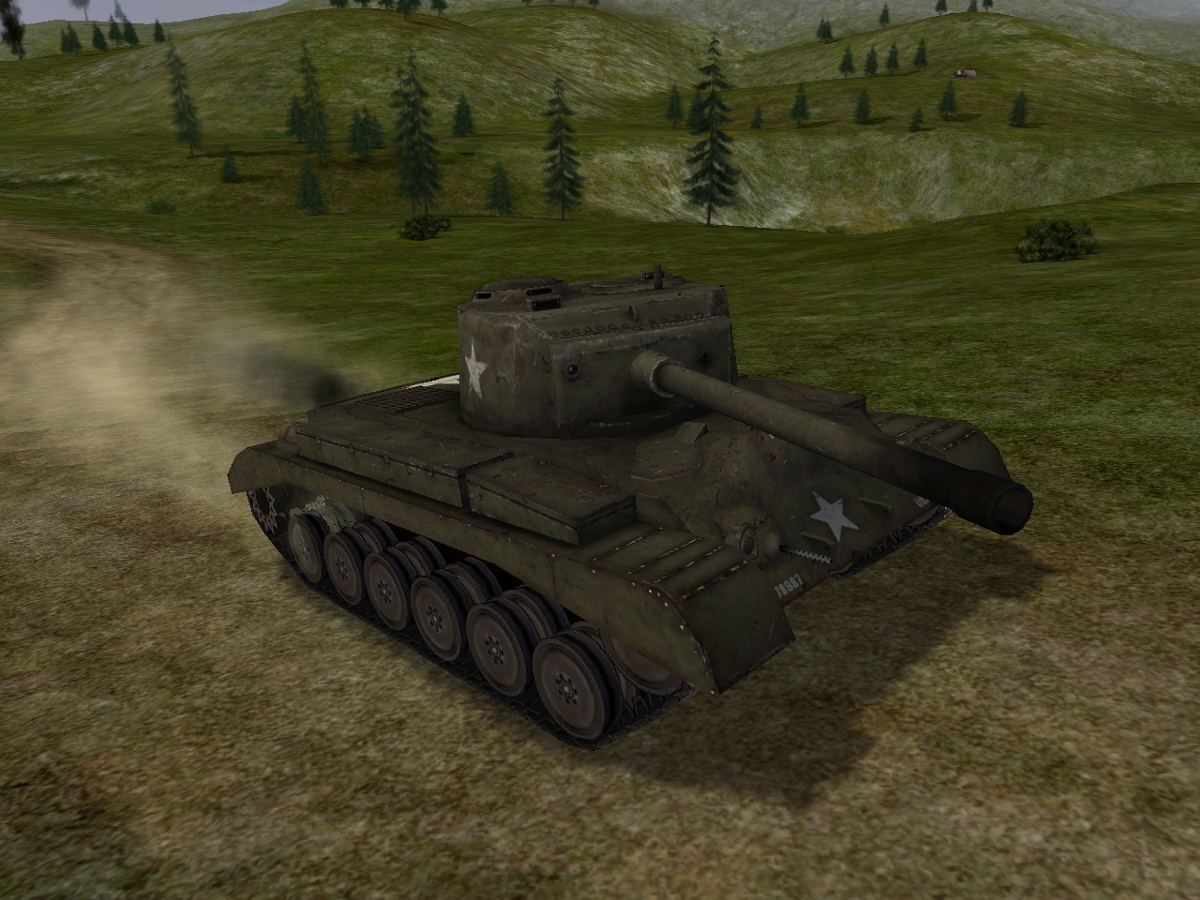


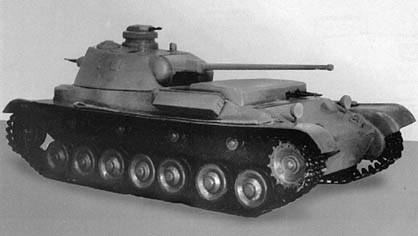
/USSR/5-TankDestroyers/Russian-Hetzer/p1.jpg)


